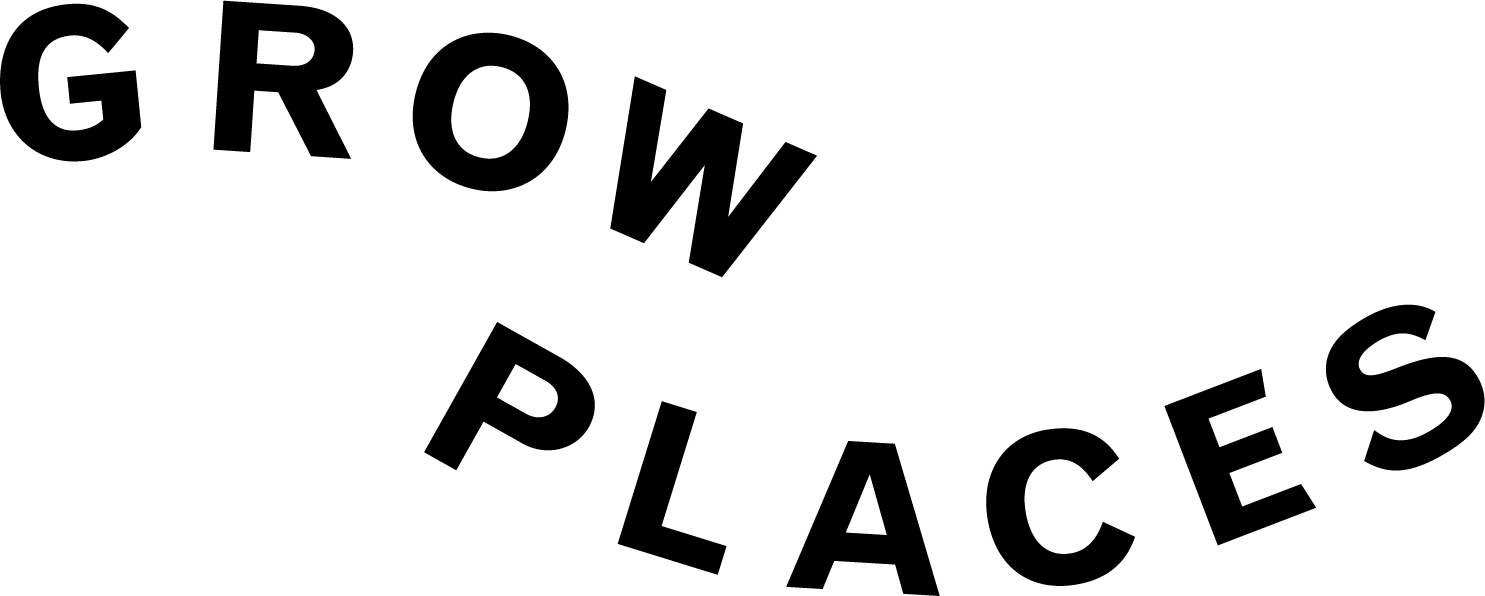Is Regeneration Still Worth It?
“I just want my boys to grow up in a London where they’re safe. Where they can walk to school. Where there’s good coffee, and a neighbour who’ll pick them up if I’m late from work.”
Sophie Rosier, Savills
We’ve had a bit of a pause over summer — time to breathe, reflect. And so, we’re back to share, question, and unpack what we’re all learning as we try to grow places that actually work for people.
This month's newsletter follows podcast recordings with two people at the heart of place strategy and delivery: Sophie Rosier, Head of London Mixed Use at Savills, and Kat Hanna, a leader in regeneration and place strategy, formerly of Avison Young.
They spoke with stark honesty — about complexity, compromise, optimism, and exhaustion. If you’re in the business of long-term, large-scale, soul-testing place transformation… this one’s for you.
"It’s all just a big, complicated puzzle."
— Sophie Rosier
Regeneration has never been easy, but in 2025, it’s less blueprint and more a balancing act, viability challenges, planning delays, shifting investor appetites, and yet, for Sophie Rosier, this is exactly where the opportunity lies.
She’s spent over 15 years at Savills, working across London’s most complex regeneration sites. At Brent Cross Town, she’s seen how long it can take to unlock meaningful progress and why it matters to start with people, not product.
“The park is just full of people. Multi-generational. Local. Alive. I’ve even taken my own kids there. That’s when it feels real.”
For Sophie, regeneration is not just about delivering homes, it’s about growing neighbourhoods that feel human, usable, and safe and often, it’s not the glossy masterplan but the early delivery of small, meaningful spaces that build trust.
“Niceness goes a long way. Say hello in the kitchen. Be interested. Then when you need a favour, people actually say yes.”
That spirit of generosity underpins her role, curating multi-disciplinary teams to unlock what she calls “the grisly, messy stuff”. Places that resist neat answers, but offer long-term, layered value — if we stick with them.
"You can’t design your way into inclusion."
— Kat Hanna
While Sophie leads delivery from inside the private sector, Kat Hanna brings a systems-level perspective, rooted in policy, politics and social equity.
Her early career including a citizen-led inquiry into the Tottenham riots and advisory work for David Lammy MP — revealed the disconnect between the promise of regeneration and the lived experience of many Londoners.
“People would say they lived in London, but the rest of London felt completely out of reach. Some had never even been to the Thames.”
Kat has long challenged the sector’s tendency to over-claim impact. She urges honesty about what regeneration can achieve, and what it can’t.
“We can’t expect a single development to solve health inequalities, generational poverty and climate breakdown in one go. Let’s be honest about what we’re doing and what we’re not.”
Her work sits at the intersection of capital, policy and place. Her passion is for partnerships, real ones, not transactional, not tokenistic, but built on shared values and trust.
“Trust can’t be fast-tracked but it doesn’t have to be complicated, it just has to be real.”
You can listen to Kat’s Episode 43 at www.growplaces.com/podcast
So… is regeneration still worth it?
“Regeneration isn’t sexy. It’s years of meetings and messy compromises, but if we get it right, it changes lives.”
— Kat Hanna
It’s easy to feel daunted. Viability stacks are harder than ever, planning delays feel endless. Investment cycles have tightened, but when we zoom out, the answer to the question — is it worth it? — is quietly, firmly, yes.
If we grow the right places, with the right people, for the right reasons.
Because parks full of families and streets full of neighbours don’t just happen, they are made patiently, intentionally, collaboratively.
Three Things to Take Into Autumn
Lean into the grey
Binary thinking won’t unlock complex sites. The best strategies are fluid, responsive and open to reframing.
Make space for trust
Whether it is young people designing cities through ULI’s Urban Plan or landowners and councils working through gridlock, trust is the foundation.
Lead with impact, not perfection
You won’t fix everything on Day One but you can do something, for someone. That’s enough to start.


